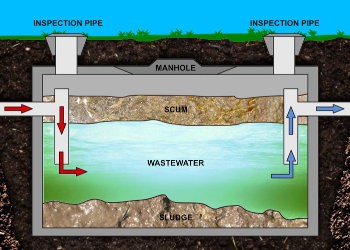Algae for wastewater treatment

Have you ever wondered what algae actually is?
To put it simply algae are defined as a group of predominately aquatic photosynthetic and nucleus-bearing organisms that lack roots, stems, and leaves, and specialised multicellular reproductive structures of plants. Algae belong to the Domain Eucarya. Algae are nature's ‘’ tiny green machine’’ due to their exceptional adaptability, rapid growth rate, and ability to thrive in nutrient-rich environments. Algae utilize sunlight, carbon dioxide, and nutrients to perform photosynthesis, converting them into biomass and oxygen while effectively removing pollutants from water. Additionally, algae produce oxygen as a byproduct, improving water quality and promoting the growth of beneficial bacteria.
In this blog, we will delve into the world of algae and explore how they can be harnessed for sustainable wastewater treatment.

So why are algae beneficial in wastewater treatment?
As the global population continues to grow so does the need for effective wastewater treatment solutions. Traditional methods often prove costly and energy-intensive, leading scientists and engineers to explore alternative approaches that are both environmentally friendly and economically viable. One such solution lies in the extraordinary potential of algae. These microscopic organisms, often underestimated, have the ability to revolutionize wastewater treatment by efficiently removing contaminants and transforming wastewater into a valuable resource.
Supercharged poo-eating algae are being used to speed up waste treatment times in an Australian-first trial in south-east Queensland by Urban Utilities, which is owned by councils across the state's south-east. This new process for regional areas is known as "algae raceways" It's no wonder this trial is being conducted in Queensland as our beautiful sunny weather is perfect for growing algae.
The first stage of the trial involves starting to break wastewater down using bacteria and which makes it easier for algae to feed on the waste
The next step is the wastewater travels into long shallow ponds called algae raceways speeding up the process of treating waste was important because as populations in regional areas grew, so too did the amount of wastewater that needed to be safely treated.
That's where the algae get to work removing nutrients really quickly and naturally to purify wastewater. So a process that may have taken around two months before can now take two weeks.
Interesting fact:
According to Urban Utilities, when people flush the toilet in regional towns, it takes about 60 days at most facilities for human waste to be broken down in a lagoon system. This system which also utilised algae has been the industry standard since the 1970s.Therefore with the integration of algae and advancing technologies such as genetic engineering this current trial will be a breakthrough in the advancement of how our wastewater is treated, which in turn will enhance its efficiency and productivity. Speeding up the process of treating waste is important because as populations in regional areas grow, so too does the amount of wastewater that needs to be safely treated.

In conclusion:
Algae, often overlooked as simple organisms, possess the remarkable ability to cleanse wastewater effectively while offering a range of potential applications. By embracing algae-based wastewater treatment systems, we can mitigate the environmental impact of wastewater discharge, reduce greenhouse gas emissions, and promote the sustainable use of resources. The time has come to recognize algae ‘’ Nature's Green Machine” and harness their power to create a cleaner and more sustainable future for water treatment.
Source:
https://www.abc.net.au/news/2023-06-12/urban-utilities-superalgae-trial-lockyer-valley-waste-facility/102461990